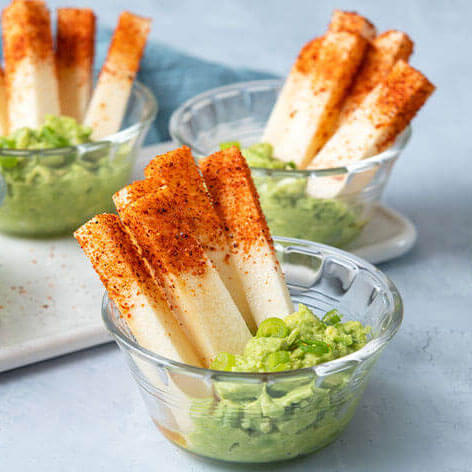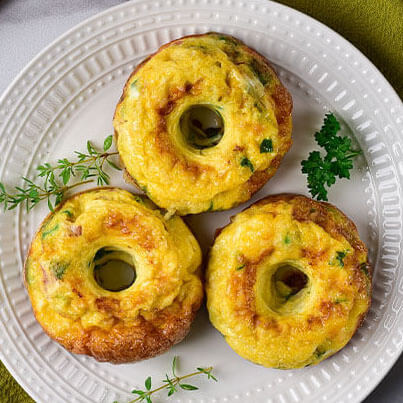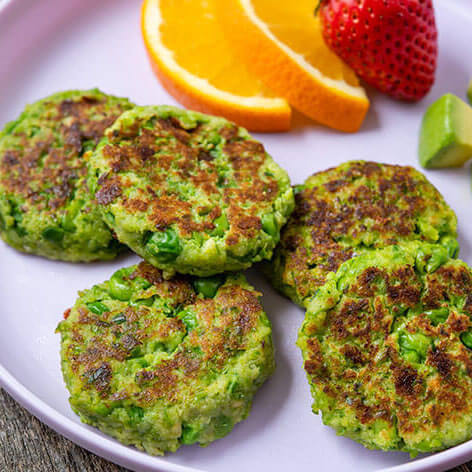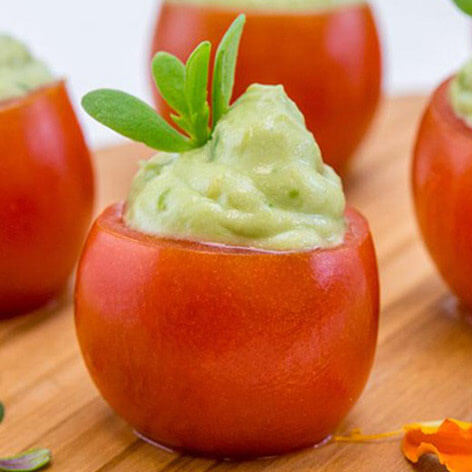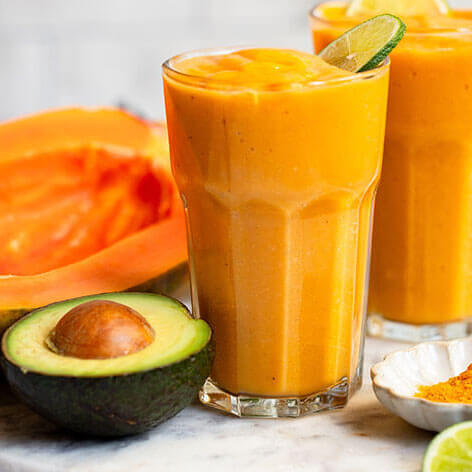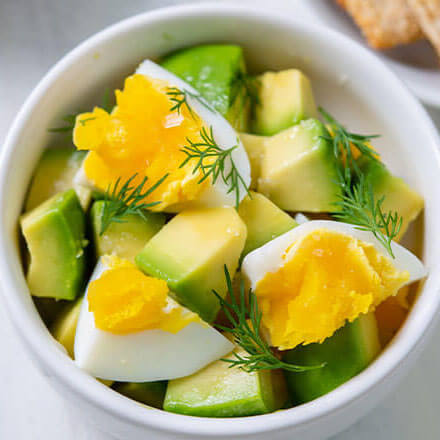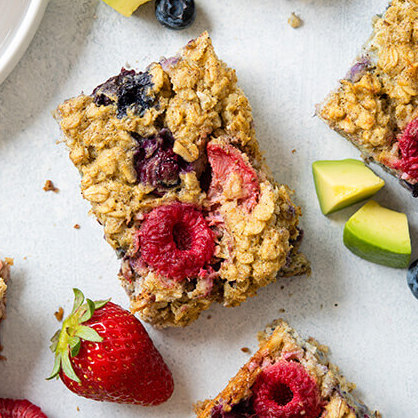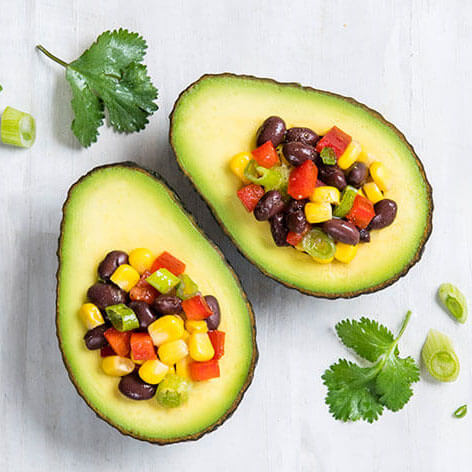If you’re trying to lose weight, eating snacks with key nutrients such as fiber, protein and healthy fats can lead to higher satiety, meaning you’ll feel fuller in between meals and will be less likely to overeat at your next meal, which can help you lose weight.
According to the Academy of Nutrition and Dietetics, snacks for people who are less active should range from 200 calories or less per serving.
Paying attention to snack portion size, limiting foods and drinks that contain added sugar, and pairing a protein with a complex carbohydrate, such as fiber or starch, will help satisfy and decrease hunger between meals.
In addition, high-protein snacks can help increase your metabolism slightly because digesting protein requires more energy, which may help your body burn calories more efficiently.
It’s also best to avoid low-quality, late-night snacks if you’re not actually hungry and have already met your calorie goal for the day, as doing so can be associated with poor health markers like higher blood glucose levels.
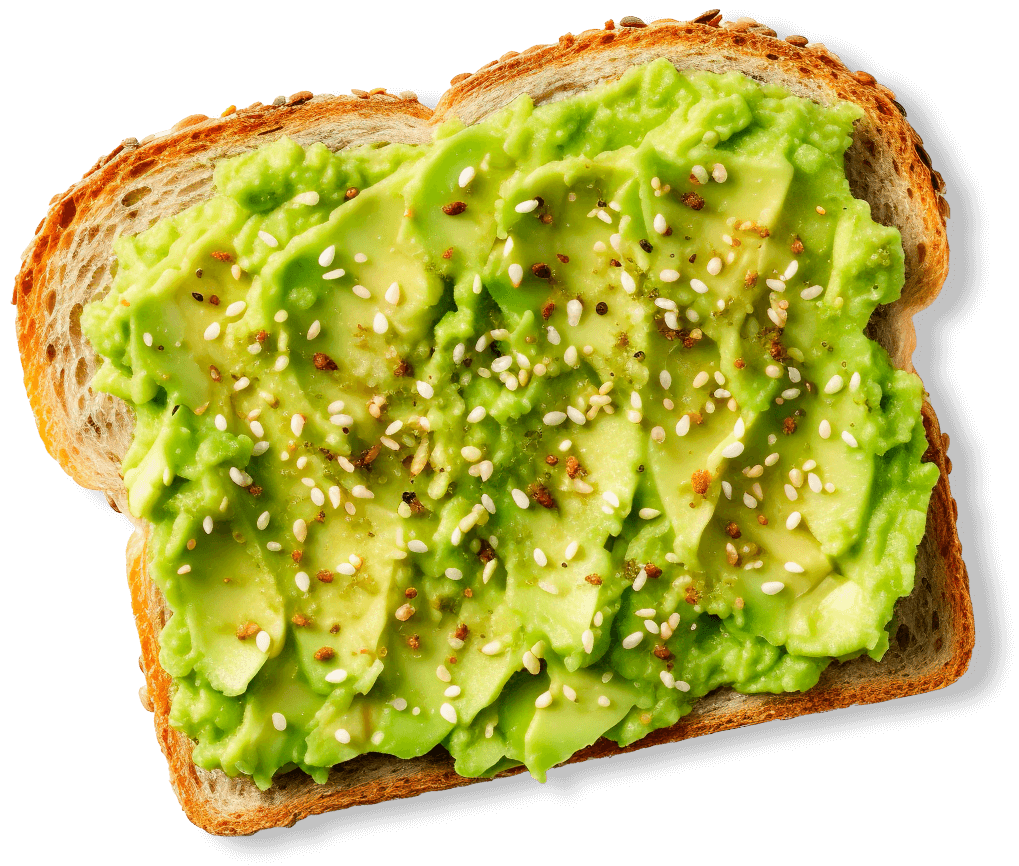
If you want to lose weight, you might consider cutting snacks during the day to reduce your caloric intake. But this can be detrimental if you’re cutting out nutritionally dense snacks. With them, you can reach your protein, fiber, and micronutrient goals and get that boost of energy you need between mealtimes.
Avocados, especially, are a great snack to help meet your nutrition goals.
However, choosing healthy snacks while trying to lose weight can be challenging without proper planning. To help you make the most of your snacks, we’ve put together this guide on the best types of snacks for weight loss, why they’re beneficial, and how to prepare them.
Can Snacking Prevent Weight Loss?
The key to healthy snacking is choosing the right ones and eating them at the right time. Snacks that lack nutritional density and are high in simple carbohydrates and saturated fats can work against your weight loss goals. These snacks may leave you feeling hungry sooner, leading to cravings that can feel uncomfortable and may hinder your weight loss journey. In contrast, nutrient-dense snacks containing plenty of protein and complex carbohydrates, such as fiber and starch, can help you feel fuller for longer, reducing the likelihood of overeating between meals.
How the Body Breaks Down Nutrients
Understanding how your body digests different nutrients can help you make better snack choices to support your energy and health goals. The rate at which your body breaks down snacks largely depends on their nutrient composition.
When you eat a snack, digestion starts in the mouth as saliva breaks down carbohydrates, which are then absorbed into the bloodstream, raising blood sugar levels. Simple carbohydrates—found in foods like white bread, certain pastas, and sugary snacks—digest quickly and may cause rapid spikes and drops in blood sugar, resulting in increased hunger and cravings, feeling tired, sluggish or even irritable. On the other hand, complex carbohydrates that contain fiber digest more slowly, which helps keep blood sugar stable and promotes satiety. Fiber also passes through the digestive system undigested, supporting regular bowel movements.
Proteins are broken down into amino acids, which your body uses for muscle growth, organ maintenance, and other essential functions. And fats are converted into fatty acids and monoglycerides, which help the body absorb fat-soluble vitamins.
By knowing how your body processes different nutrients, you can choose snacks that provide steady energy, support digestion, and nourish your muscles and organs. For example, selecting snacks high in fiber, protein, and healthy fats can help you feel fuller for longer, maintain stable energy levels, and ensure you’re getting vital nutrients for overall wellness.
Can Snacks Help Burn Fat?
While no food will magically melt away fat, certain snacks can promote bodily functions important in fat loss. For example, protein-rich snacks, such as Greek yogurt, nuts, or lean meats, require more energy for your body to digest, which can temporarily increase your metabolic rate—a phenomenon known as the thermic effect of food. The higher your metabolism is, the easier it will be for your body to burn calories even while you’re not exercising. This means your body won’t be able to convert extra calories into fat, helping you maintain and lose weight.
Additionally, snacks that include healthy fats, such as avocados or nuts, can help regulate cholesterol levels.
Does the Time of Day for Snacking Impact Weight?
While eating more healthy snacks can support nutrition, it won’t necessarily lead to weight loss—and it may even lead to weight gain if you’re not mindful of quantity and timing. The time of day you snack can impact how your body processes food and uses it for energy.
For example, eating a snack right before bed may raise your blood glucose levels, depending on the snack’s composition. In a 2023 study, UK researchers found that participants who primarily ate snacks after 9 p.m. were associated with higher blood glucose and lipid levels compared to those who snacked earlier in the evening.
Moreover, the study showed that people who ate low-quality snacks with little to no nutritional value had higher glucose and lipid levels than those who ate nutrient-dense snacks at the same time. These factors suggest that both the timing and quality of your snacks can significantly impact your health. Researchers also noted that late-night snacking reduces the overnight fasting interval, which is associated with positive health markers.
That said, it’s okay to have a late-night snack if you’re genuinely hungry. Feeling hungry late at night may indicate that you haven’t had enough essential nutrients or calories for the day. When you do snack, try to choose nutrient-dense options for the best health outcomes, and check in to ensure you’re not just eating out of boredom.
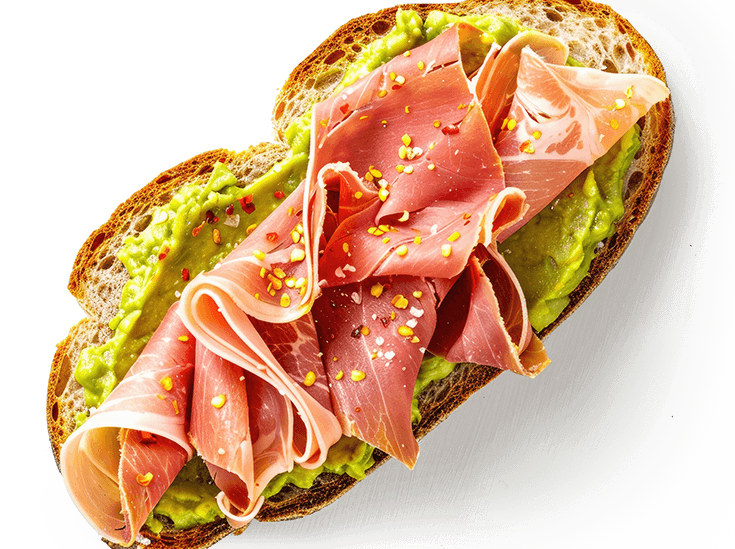
Calories and Your Snacks
Not all snacks are created equal or will help you manage your weight. According to the Academy of Nutrition and Dietetics, snacks that are around 200 calories are usually a good goal for most people. Various snack options are simultaneously low-calorie and can keep you satiated between meals. Limiting your intake of added sugar and pairing protein, complex carbohydrates, and healthy fats in between meals can help you meet this goal.
 For example, avocados are only 80 calories per serving, and they contain 4 grams of carbohydrates, 5 grams of monounsaturated fat, and 3 grams of fiber — all of which can make you feel full when paired with a protein of your choice.
For example, avocados are only 80 calories per serving, and they contain 4 grams of carbohydrates, 5 grams of monounsaturated fat, and 3 grams of fiber — all of which can make you feel full when paired with a protein of your choice.
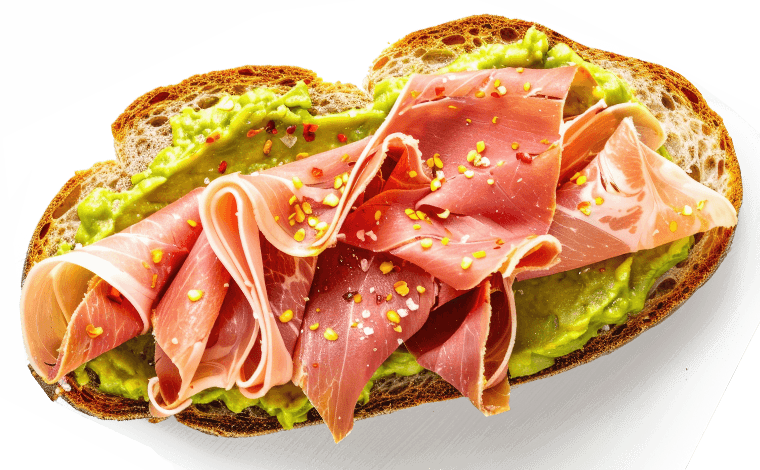
What Snacks Are Weight-Loss Friendly Options?
Now that we’ve discussed the benefits of smart snacking, let’s explore some weight-loss-friendly options. Ultimately, it comes down to finding snacks that are not only low-calorie but are nutrient-dense with fiber, protein, and healthy fats to help you feel full and energized until your next meal.
Non-starchy vegetables, like leafy greens, bell peppers, and cucumbers, are generally low in calories and packed with vitamins, minerals, antioxidants, and fiber, making them ideal snack choices.
Some fruits and starchy vegetables, while not necessarily low-calorie, can still be valuable for nutrition and energy. Pairing these with whole grains or low-fat dairy products adds fiber and protein, helping you stay fuller longer.
For more variety, try our recipes featuring nutrient-dense options like avocado, a heart-healthy addition to your snack lineup.

Snacks Under 150 Calories
Aiming for snacks under 200 calories is essential if you’re trying to stay in a caloric deficit during the day to lose weight. Here are a few recipes to help you meet that goal:
Jicama Strips with Spicy Lime Guacamole →
This recipe only has 80 calories for half a cup of deliciously crunchy jicama and a couple of tablespoons of guacamole.
If you’re craving a bagel or a donut, this egg donut may be for you. It’s only 80 calories per donut.
Green Pea and Avocado Nuggets →
Want a healthier version of chicken nuggets? This may be a good alternative, as it includes green peas and avocados, and each serving is only 110 calories.
Chipotle Avocado-Stuffed Cherry Tomatoes →
If you want something light with a little kick, we recommend these cherry tomatoes, which are filled with a spicy avocado spread and have only 60 calories per serving.
Nutrient-Dense Snacks
If you’re feeling ravenous in the middle of the day, it’s best not to starve yourself until the next meal; instead, look to some of these recipes that can make you feel full in the meantime:
Hydrating Papaya Smoothie Guacamole →
This recipe has 5 grams of fiber, 400 mg of potassium, 330 mcg of vitamin A, and 50 mg of calcium per serving — all with no added sugar. You can enjoy the natural sweetness of the papaya and enjoy all the vitamins and minerals included in this smoothie.
Deconstructed Avocado Egg Salad →
This recipe includes 3 grams of fiber and 7 grams of protein per serving, which can give you an energy boost before your next meal.
This recipe has no added sugars and has 5 grams of fiber, 3 grams of unsaturated fat, and 7 grams of protein per serving.
Stuffed Avocado with Black Bean and Corn Salsa →
Avocados can be a powerhouse of nutrients, and this recipe is no different. It contains 7 grams of fiber, 3 grams of protein, and 10 grams of healthy fats per serving.
Of course, these are just a few snack ideas. If you’re looking for more, don’t be afraid to be creative or check out more recipes on Love One Today for the best snacks with avocado.

